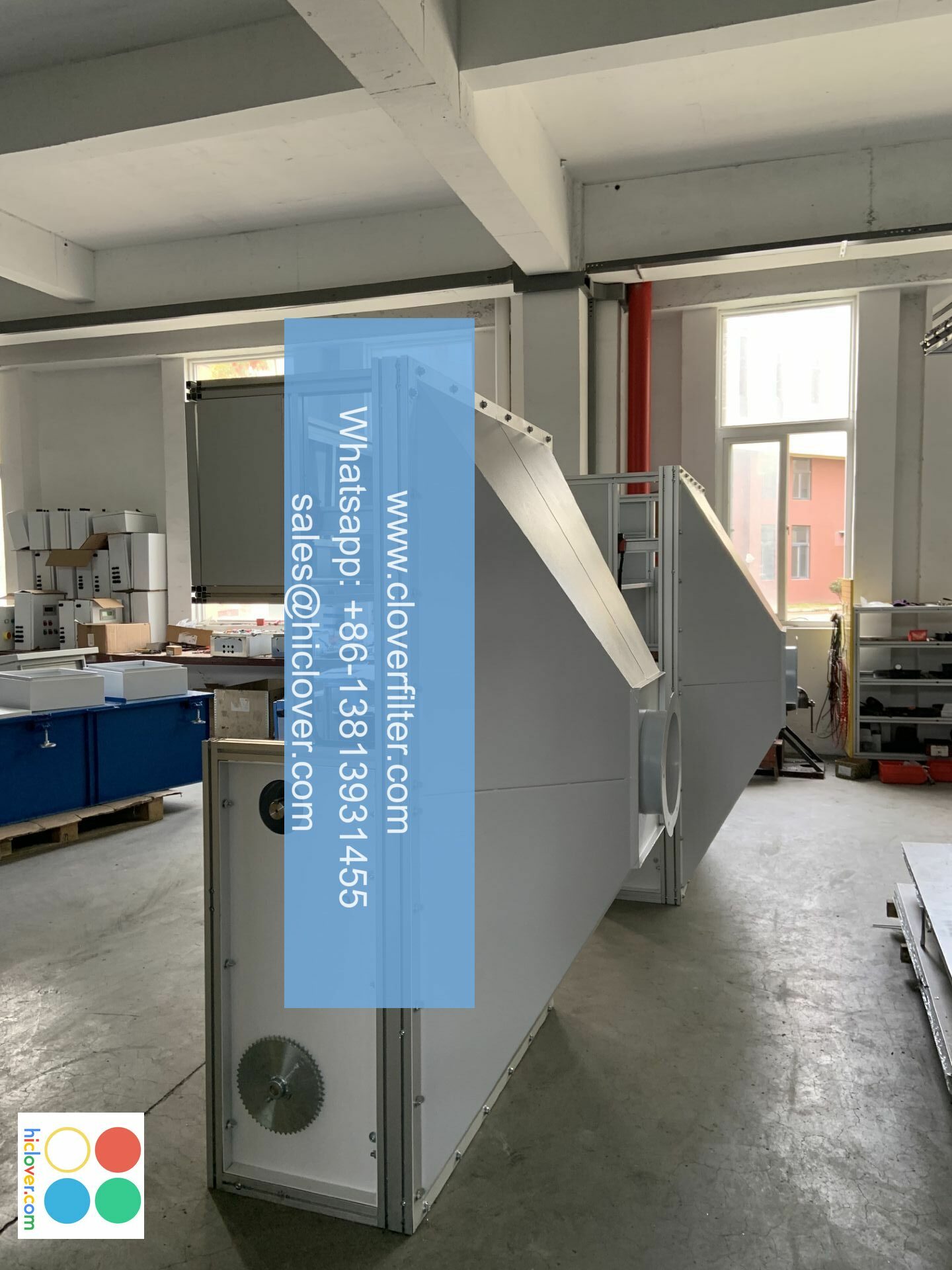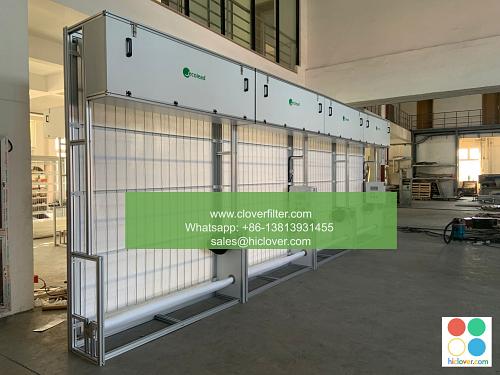The Difference Between HEPA and Non-HEPA Air Filters

The Air We Breathe: Understanding the Difference Between HEPA and Non-HEPA Air Filters
With the increasing concerns about air quality and the growing awareness of indoor air pollution, air filters have become a crucial aspect of our daily lives. When it comes to air filters, two types that often get mentioned are HEPA (High Efficiency Particulate Air) and non-HEPA. But what exactly is the difference between them, and which one is better suited for your specific needs? In this article, we’ll delve into the world of air filters and highlight the key differences between HEPA and non-HEPA air filters, as well as their various application areas.
What is HEPA?
HEPA air filters are designed to capture 99.97% of particles as small as 0.3 microns, including dust, pollen, pet dander, smoke, and other allergens. They’re often used in air purifiers, vacuum cleaners, and HVAC systems. The key feature of HEPA filters is their ability to trap 99.97% of particles at 0.3 microns or larger, which makes them highly effective against both pet dander and fine dust.
What is Non-HEPA?
Non-HEPA air filters, on the other hand, have a lower filtration efficiency, typically capturing particles as small as 1-2 microns. These filters are often used in low-cost vacuum cleaners, fans, and other basic air cleaning devices. Non-HEPA filters are usually less expensive than HEPA filters but are less effective at capturing fine particles and allergens.
Key Differences:
| HEPA | Non-HEPA | |
|---|---|---|
| Filtration Efficiency | 99.97% @ 0.3 μm | 10-30% @ 1-2 μm |
| Particle Capture | Captures 99.97% of particles as small as 0.3 μm | Catches larger particles, but not as effective against small particles |
| Cost | Higher | Lower |
| Applications | Air purifiers, vacuum cleaners, HVAC systems | Basic vacuum cleaners, fans, and other low-cost air cleaning devices |
Application Areas:
Both HEPA and non-HEPA air filters have their own specific application areas, depending on the level of air quality required. Here are some examples:
- HEPA Air Filters:
- Residential air purifiers for homes with allergy sufferers or asthmatic individuals
- Commercial air purifiers for offices, hospitals, and schools
- HVAC systems for buildings requiring high air quality
- Non-HEPA Air Filters:
- Basic vacuum cleaners for general cleaning purposes
- Fans and other low-cost air cleaning devices for intermittent use
- Industrial applications where high filtration efficiency is not a priority
Conclusion
In conclusion, while both HEPA and non-HEPA air filters have their own strengths and weaknesses, HEPA filters offer superior performance and particle capture. If you’re looking for a high-quality air filter to improve indoor air quality, a HEPA filter is the way to go. However, if you’re on a budget or need a basic air cleaner for occasional use, a non-HEPA filter may be sufficient. Remember to always consider your specific needs and the type of air filter that best suits them.
References:
- "HEPA Filters: How They Work and Why They’re Important" by the American Lung Association
- "Understanding HEPA and Non-HEPA Air Filters" by the EPA
- "Air Filter Buying Guide: HEPA vs. Non-HEPA" by The Spruce
Keywords:
HEPA, Non-HEPA, Air Filters, Air Quality, Allergies, Asthma, Indoor Air Pollution, Filtration Efficiency, Particle Capture, Cost, Applications.
I’m here! What would you like to chat about or ask? I’m ready to help with any questions, provide information, or just have a fun conversation.

